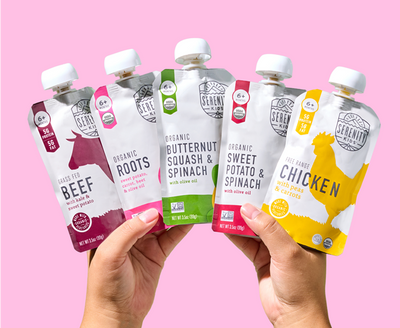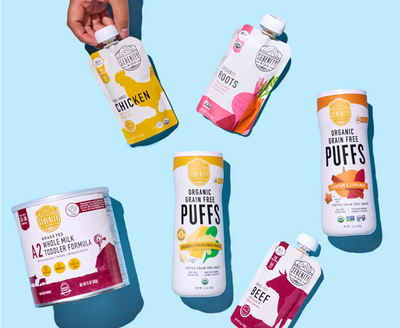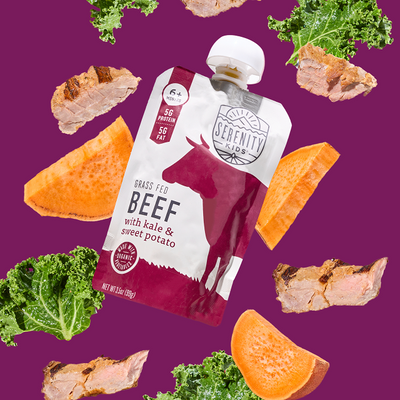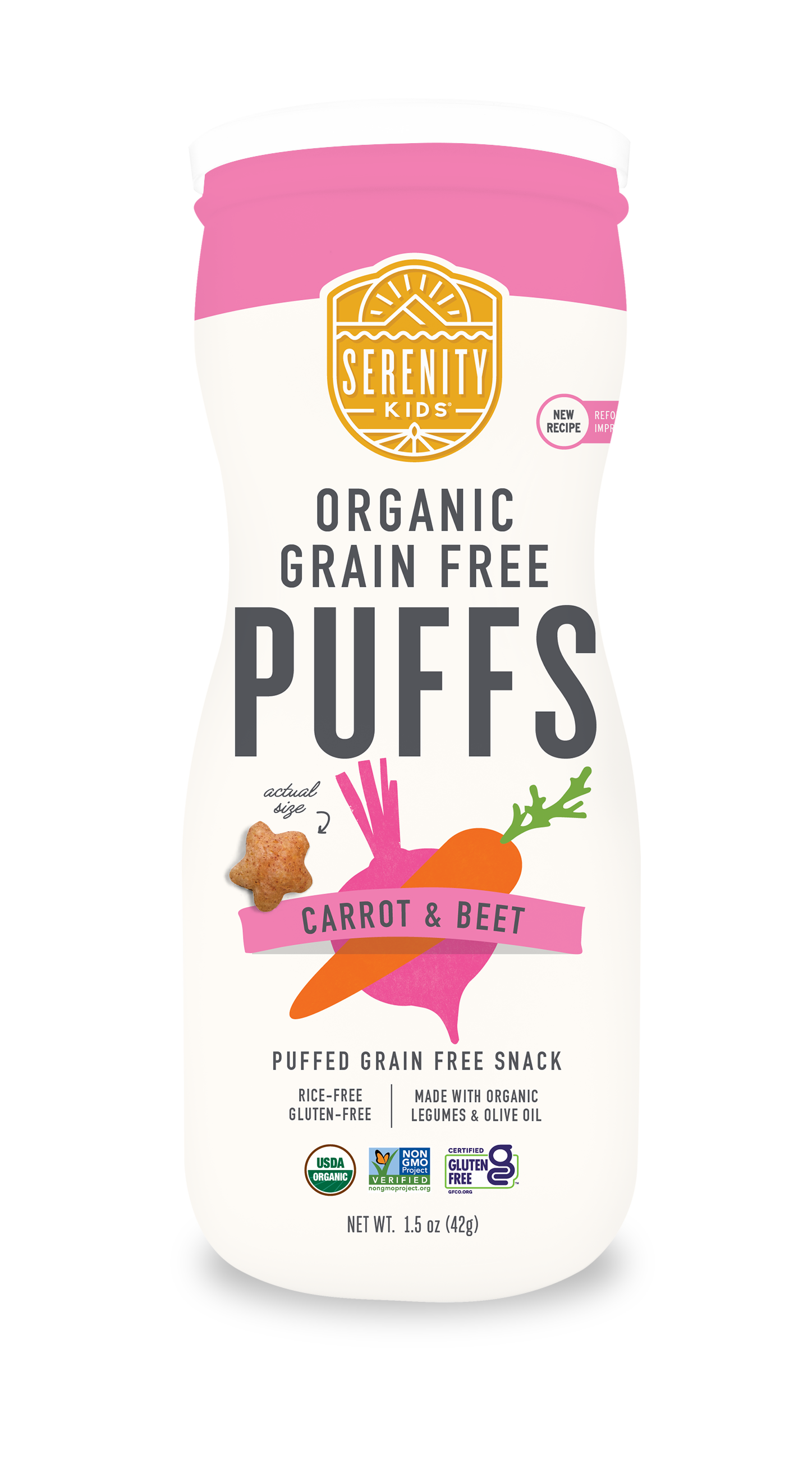Wondering what to pack in your little one’s lunch box? We get it. Packing lunch for your little one can feel repetitive, overwhelming, time consuming, and confusing.
…but it doesn’t have to feel that way!
You don’t need to create elaborate Pinterest-worthy lunchboxes or make everything from scratch in order to pack a nourishing lunch.
Just starting the giving-my-babe-real-food journey? We’ve got you covered here in this ultimate guide.
Let’s break down important lunchbox considerations for specific age groups to help make this task feel more approachable. You can do this!
What Should Be In a Lunchbox?
Here’s the good news: You do not have to overthink it.
Kids thrive on the same food that adults do. Healthy fats, proteins, veggies and fruit fulfill their nutrient needs and promote healthy eating for life. This means that if you’re eating a diet rich in whole foods, your little one’s lunchbox should look similar to your plates, just on a smaller scale! (Unless, of course, they’re going through a growth spurt … they may be eating a TON!).
A good rule of thumb is to run through the following checklist.
Meal Packing Checklist:
- What protein can I pack?
- What fruit/vegetable can I pack?
- What fat can I pack?
See! It can be as easy as 1-2-3.
Consideration 1: Will They Eat It?
If you’re investing time and energy into making lunch, you actually want them to eat it. Seeing a mostly full lunchbox when they get home is frustrating for both you and your little, so make sure the protein, fruit/vegetable, fat you pack is something they’ll actually eat.
While they’re busy learning and playing, they need sufficient energy to sustain them, so there needs to be some give and take here. What are some protein, veggie, fruit, and healthy fat options that you know they enjoy (or at least sometimes eat) and that you feel good about packing? Choose those.
Note: This isn’t an ideal time to introduce new foods. A better time for introducing new foods is during dinnertime or the weekends when they have your support, and access to the kitchen when they do come around to being hungry enough to eat.
Consideration 2: Will It Keep Them Full and Balanced?
Combining protein, veggies/fruit, and healthy fat will help keep their blood sugar more stable so they are more easily able to focus and will (hopefully) lead to fewer tantrums.
When you prioritize protein, fat, and fiber from fruits and veggies, you can more easily add grains or treats that they enjoy and keep their blood sugar more stable. These additions will keep it light, playful, and more “normal” for them when their friends may not be eating whole foods-based lunches.
Consideration 3: Can they safely eat that food?
You may need to adapt the texture of certain foods to make it a better fit for where they’re at developmentally. For example cutting grapes into quarters vs. serving them whole or serving applesauce vs apple slices. Not sure how to do this? Check out resources like Feeding Littles and Starting Solids for suggestions on how to serve foods at different ages.

Let’s dive into what this could look like at different ages!
Here are delicious, nutrient-dense lunchbox favorites for each age group, along with the science of what’s happening developmentally around that age.
6-12 Month Old’s Lunch/snack box
At this age your little one may be excited about trying new foods, or not interested…at all. The reassuring news is that the most important things they need at this point are milk (breastmilk/formula) and iron-rich foods.
An easy way to add iron-rich foods like beef, bison, poultry, and seafood is to use our pouches. Softer fruits and vegetables like avocados, berries, pumpkin, butternut squash, and sweet potato can also be given in developmentally appropriate ways around this time.
12-18 Month Old’s Lunch box
Between 6-18 months little ones are continuing to develop their palate and preferences for food. This is what researchers have termed the Flavor Window. This means that you can influence their preferences by exposing them to a variety of flavors. Don’t be shy with adding herbs and seasonings and offering foods you may not think they’ll enjoy like sardines, parsnips, cooked spinach, or bone broth. Our pouches and puffs are a great way to do this as they come in bold flavors. You just never know what your little will like until you offer!
18 Month - 2.5 Year Old’s Lunch box
Little ones start to become more picky around this time due to increased independence and desire for autonomy. Do your best to offer a variety of options that are maybe more “kid friendly” then you’re used to eating, but are still nutrient-dense. Don’t feel bad if/when they complain. It’s often just a phase and you’re not doing anything wrong!
PreK/Kindergartener’s Lunch box
At this point, little ones are able to consume a wide variety of foods AND are often more hungry throughout the day due to increased energy expenditure. This can be a fun time to pack their lunchbox with them and make it fun with things like cookie cutter fruit or fun toothpicks that can be used as utensils. You’ll want to pack a snack for them that isn’t just a “naked carbohydrate” like a banana to prevent blood sugar crashes and irritability. Things like our bone broth pouches (great for helping support their immune system with all the circulating germs), beef sticks, cheese sticks, seed based trail mix, or grain-free muffin with butter work well here!
How Do I Know How Much Food To Pack?
This one will be a dance between the two of you. I found the best approach isn’t to necessarily follow specific rules, but pack what you actually see your little one eating. In the beginning, start to pack what you normally see them eating at home. You may find that even though they happily eat that amount at home, they may eat less at daycare or school due to being distracted while eating or not having enough time. Follow their lead.
If you’re seeing nearly empty lunch boxes, that’s your cue to add more protein, veggies/fruit, healthy fat or bonus items as you see fit for that meal. Some kids don’t eat much at daycare/school, but pound the food when they get home. Don’t worry about hitting a “normal” milestone here, it will work itself out. As stated brilliantly by Ellyn Satter, your job is to offer food at mealtimes. Their job is to accept or decline and decide how much.
Disclaimer: If this looks and feels unrealistic for your little one and/or you’re working on building healthy mealtime habits, take it one step at a time. Changing mealtime dynamics takes time and patience, often comes with meltdowns, and sometimes requires the help of feeding specialists if there are sensory issues or other health concerns. Be patient with the process and know that your little one(s) will learn to love veggies, protein, and healthy fats with time and creativity.
Written by Steph Greunke, MS, RD, CPT, PMH-C. Founder and CEO, Postpartum Reset. Co-host, "Doctor Mom" Podcast.


















































